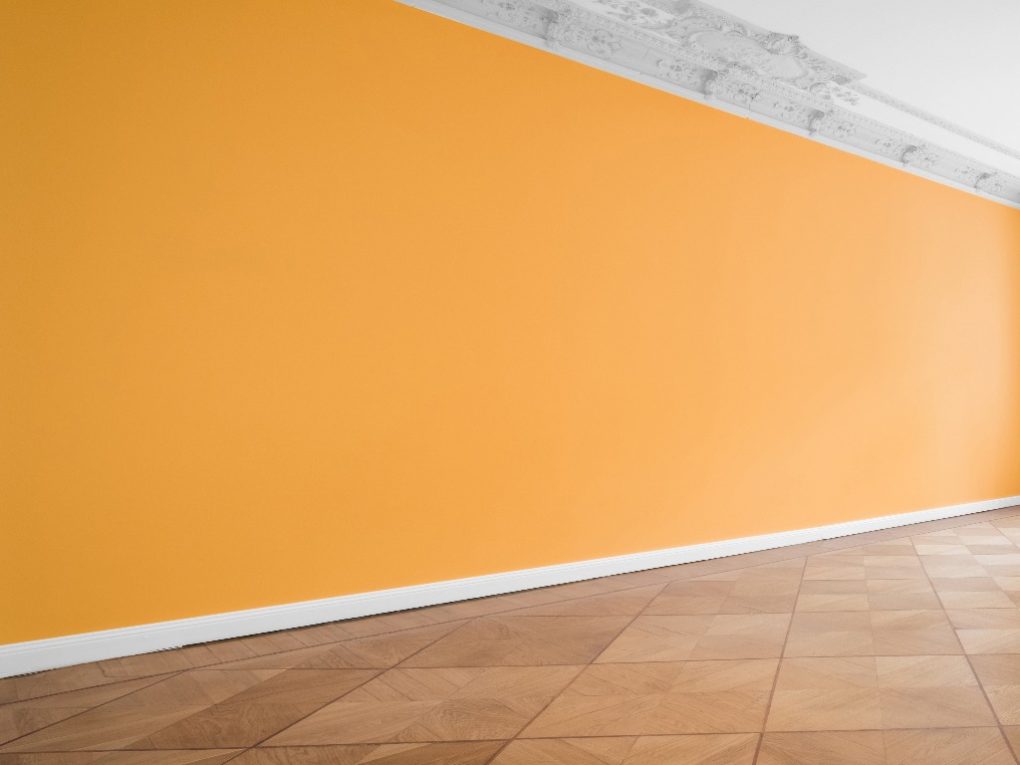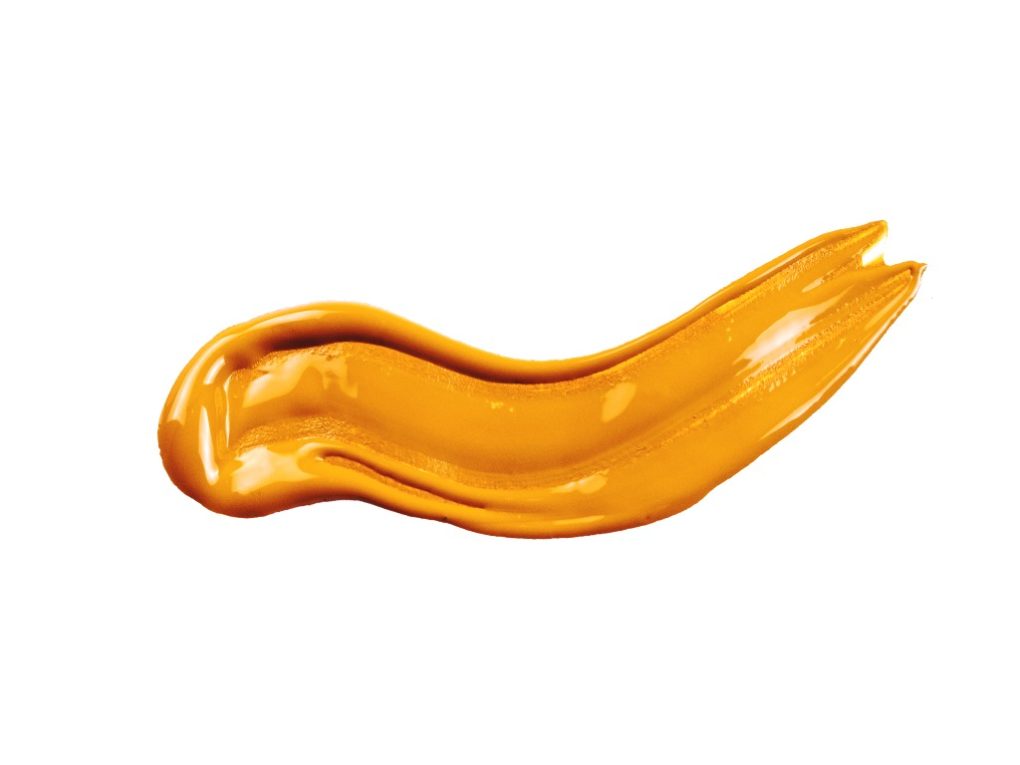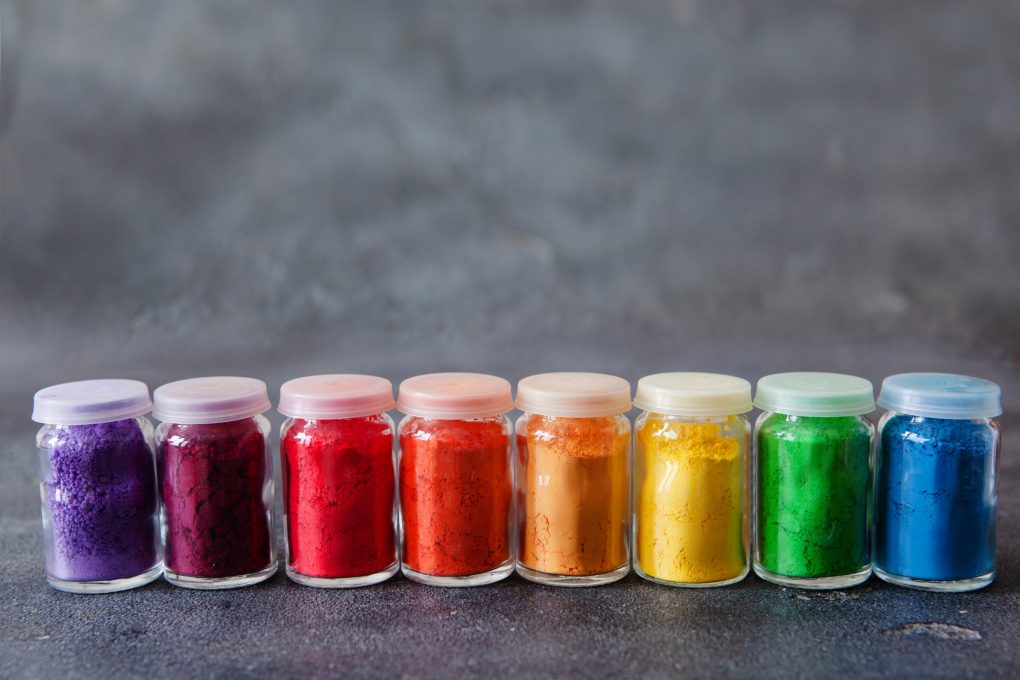Is Eggshell Paint Shiny: A Comprehensive Guide to Its Sheen
Yes, eggshell paint is shiny. Compared to flat or matte finishes, eggshell paint has a slight sheen that can add a subtle glow to a room. However, it is not as reflective as semi-gloss or high-gloss finishes that can create a mirror-like effect on surfaces.


Eggshell paint balances shine and subtlety, making it a versatile option for interior spaces. It has a low sheen finish that falls between a flat or matte finish and a semi-gloss finish. As such, it is a popular choice for interior walls and surfaces.
Factors That Affect the Shine of Eggshell Paint
Pigment Content
Pigments are finely ground particles that provide color to the paint and are typically mixed with a binder to create a paint formulation. The type and amount of pigment used in the paint can significantly impact the final appearance, including the level of shine.
In my experience, pigments can vary in their opacity, which is the ability to block or transmit light. In general, opaque pigments reduce paint’s shininess by blocking light from penetrating the paint film and reflecting less light to the viewer.
This can result in a flatter or less shiny appearance. On the other hand, transparent or translucent pigments allow more light to pass through the paint film, enhancing the finish’s shininess.
Pigments can also affect how light scatters when interacting with the paint film. For example, scattering refers to the random deflection of light in different directions when it encounters pigment particles in the paint.
Colorants and extenders, often added to paints to achieve specific colors or modify properties, can also affect the pigment content and, in turn, the paint’s shine. Different colorants and extenders have varying levels of opacity, transparency, and light-scattering properties, which can impact the final sheen of the paint.
Binder Composition
The binder, also known as the resin, is a critical component of paint that serves as the adhesive that holds the pigment particles together and binds them to the surface being painted. The type and formulation of the binder can significantly affect the shine or sheen of eggshell paint.
The binder plays a crucial role in the film formation process of paint. When the paint is applied, the binder forms a continuous film as it dries, which helps to create the final paint finish. The composition of the binder can impact the smoothness and uniformity of this film, which in turn can affect the paint’s shine.


Binders formulated to create a smooth, even film tend to result in a shinier finish. Also, the hardness and durability of the paint film are influenced by the type and formulation of the binder.
Binders with high levels of hardness and durability tend to create a more robust and resistant paint film that is less prone to scuffs, abrasions, and other forms of wear and tear. A durable paint film can help retain its sheen over time, even with regular cleaning and exposure to environmental factors.
Some binders may contain additives specifically designed to enhance the gloss or sheen of the paint. These additives can help create a smoother, more reflective surface, resulting in a shinier appearance. In addition, gloss-enhancing additives can be included in the binder formulation to achieve specific sheen levels, including eggshell paint.
The type of polymer used in the binder can also impact the paint’s shine. Different polymers have varying levels of transparency, which can affect the amount of light that passes through the paint film and the resulting sheen. For example, certain types of acrylic or alkyd binders may result in a higher level of a sheen than others.
The solvent, or the liquid component of the paint that evaporates during drying, can also influence the binder’s performance and the final sheen of the paint. The type and amount of solvent used can affect the film formation process, drying time, and overall performance of the binder. Solvents with higher evaporation rates sometimes have a smoother and shinier finish.
Particle Size
Particle size, or pigment particle size or pigment grind, is another important factor affecting eggshell paint’s shine or sheen. The size of pigment particles in the paint can impact the way light interacts with the paint film, which in turn can influence the final appearance of the paint.
The size and shape of pigment particles can affect how light scatters when interacting with the paint film. Larger pigment particles or irregularly shaped particles can scatter light more, resulting in a softer, diffused reflection of light and a less shiny appearance.


On the other hand, smaller particle sizes or smoother shapes tend to scatter light less, leading to a more direct reflection of light and a shinier finish. Particle size can also affect the transparency of the paint film.
Smaller pigment particles are more transparent, allowing more light to pass through the paint film and reach the underlying surface. This can result in a higher sheen or shine as more light is reflected the viewer. Larger particle sizes, on the other hand, can be more opaque and block more light, resulting in a flatter or less shiny appearance.
The particle size of the pigment can also affect the smoothness of the paint film. Smaller particle sizes can create a smoother film with fewer surface irregularities, resulting in a more even light reflection and a higher level of sheen. In contrast, larger particle sizes can create a rougher paint film with more surface irregularities, leading to a less smooth reflection of light and a lower level of sheen.
The particle size of pigments can also impact their dispersion and stability in the paint formulation. For example, pigments with smaller particle sizes are generally easier to disperse and maintain stability in the paint, resulting in a more uniform distribution of color and improved paint performance.
In contrast, larger particle sizes may require more effort to disperse, leading to uneven pigment distribution in the paint film, which can affect the appearance and sheen of the paint. Additionally, the particle size of pigments can also impact the overall performance of the paint, which can indirectly affect the sheen of the paint.
For example, pigments with larger particle sizes may have lower hiding power, which is the ability of the paint to cover the underlying surface. This may require multiple coats of paint to achieve the desired opacity, which can affect the final appearance and sheen of the paint.
